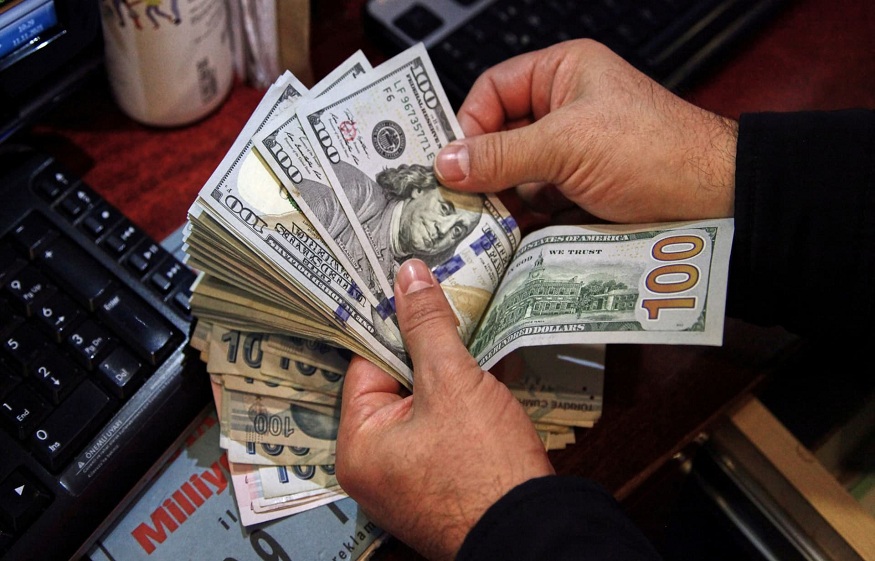The USD, or the US Dollar, is the world’s strongest currency, and it is the official legal lender not only in the USA but also in several other nations across the globe. It has a glorious past, and the US dollar that everyone knows about today was first printed in the year 1914. The printing of the US dollar started after the Federal Reserve was established as the Central Bank of the country under The Federal Reserve Act. It was at this time that notes in the denomination of $10 with the portrait of Andrew Jackson were printed. After 30 years, the USD was officially declared the reserve currency.
Kavan Choksi on the ascendency of the USD across the globe
According to finance and business expert Kavan Choksi, the first documented evidence of the use of paper currency dates back to the year 1690 in the USA. This was the time when the Massachusetts Bay Colony released colonial notes. They funded military operations in the region, and in 1776, the first $2 currency bill was launched, just nine days before the independence of America. Again, after nine years, in 1785, the USA officially declared the sign for the dollar after it was inspired by the symbol used for the Spanish American peso.
How did the US Dollar got recognition as the global reserve currency?
Before the emergence of the dollar as the global reserve, gold and silver were used for international trade. Like it did in the First World War, the USA participated in the Second World War after the combat between the other nations had already started. Before its entry into the world, America was the leading supplier of arms as well as other supplies. The rest of the nations had to pay the USA in gold in exchange for goods. During this period, the USA had a maximum collection of gold than the other nations. Since the war affected the other nations badly, they had extinguished their reserves of gold, and this is why going back to the gold standard was impossible.
The Bretton Woods Agreement at New Hampshire
Representatives from 44 allied countries across the globe attended a meeting at Bretton Wood, New Hampshire, to introduce a system for the management of foreign exchange so that no nation would face disadvantages. The delegates decided that the currencies of the world would no longer be pegged to gold but would henceforth be pegged to the US dollar, which was, in turn, linked to the gold standard.
According to business and finance expert Kavan Choksi, the above arrangement by the 44 delegates at the meeting became famous as The Bretton Woods Agreement, where it established that the central bank of all the nations in the world would retain fixed rates of exchange between their own currencies and the US dollar. The countries here would have a certain level of control over currencies in events where the value of their own coins became too strong or weak in relation to the US dollar. They have the option of selling or buying their coins to regulate the money supply.

